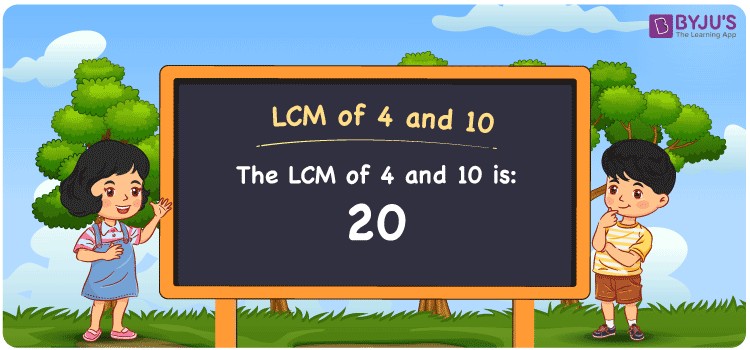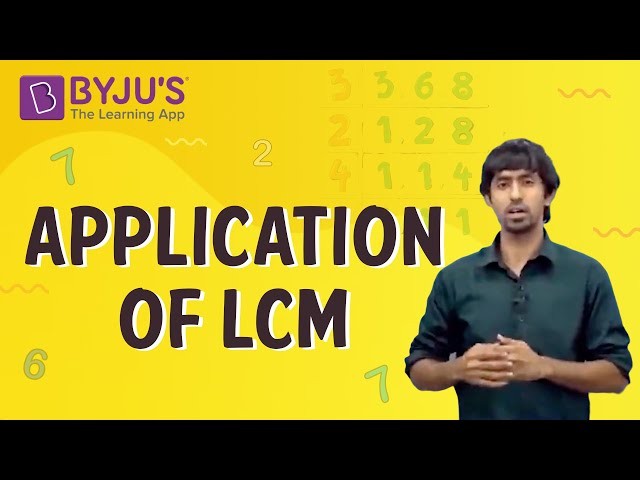The least common multiple (LCM) of 4 and 10 is 20. This means 20 is the smallest positive integer that is perfectly divisible by both 4 and 10. Understanding how to find the LCM is a fundamental concept in mathematics.
Methods to Calculate LCM 4 and 10
There are several ways to calculate the LCM of two numbers. Let’s explore three common methods: prime factorization, division method, and listing multiples. Each approach provides a different perspective on finding the LCM.
1. Prime Factorization Method
This method involves breaking down each number into its prime factors.
- 4: 2 x 2 = 2²
- 10: 2 x 5
To find the LCM, we take the highest power of each prime factor present in the factorization of both numbers. In this case, we have 2² and 5.
LCM (4, 10) = 2² x 5 = 20
2. Division Method
The division method uses continuous division by prime numbers until all numbers are reduced to 1. We arrange the numbers in a row and divide by the smallest prime number that divides at least one of them.
| 2 | 4 , 10 |
|---|---|
| 2 | 2 , 5 |
| 5 | 1 , 5 |
| 1 , 1 |


We then multiply the divisors to find the LCM.
LCM (4, 10) = 2 x 2 x 5 = 20
3. Listing Multiples
This method involves listing the multiples of each number until a common multiple is found.
Multiples of 4: 4, 8, 12, 16, 20, 24, 28…
Multiples of 10: 10, 20, 30, 40, 50…
The smallest common multiple is 20.
LCM (4, 10) = 20
Practical Applications of LCM
The LCM has practical applications in various fields, including:
- Adding Fractions: Finding a common denominator, which is the LCM of the denominators.
- Simplifying Ratios: Reducing ratios to their simplest form by dividing by the GCD (Greatest Common Divisor). LCM and GCD are related concepts.
- Real-world problems: Scheduling events, synchronizing cycles, and determining the least common time for recurring tasks.
Conclusion
Finding the LCM of 4 and 10, which is 20, can be achieved through various methods. Understanding these methods allows for efficient problem-solving in both academic and practical scenarios. Whether you use prime factorization, the division method, or listing multiples, the result remains the same. The LCM provides a fundamental tool for working with numbers and their relationships.